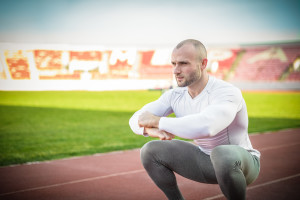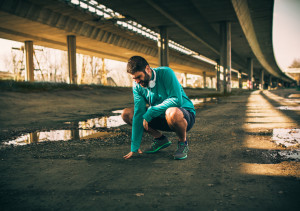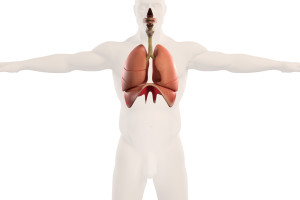Squatting is about as natural a movement as you can get but it is a skill that we in Western Europe and the US/Canada rarely practise. As such, as with any skill, not practising it means we lose it. Our lifestyles mean we do not need to squat in order to do anything then combined with a sedentary lifestyle has resulted in many of us losing the ability to do it well. As young children we have the ability to do it but often find that by the time we are adults, at least in the Europe/America, that we have lost the ability simply, I suspect, because we do not make use of it on a daily basis.



